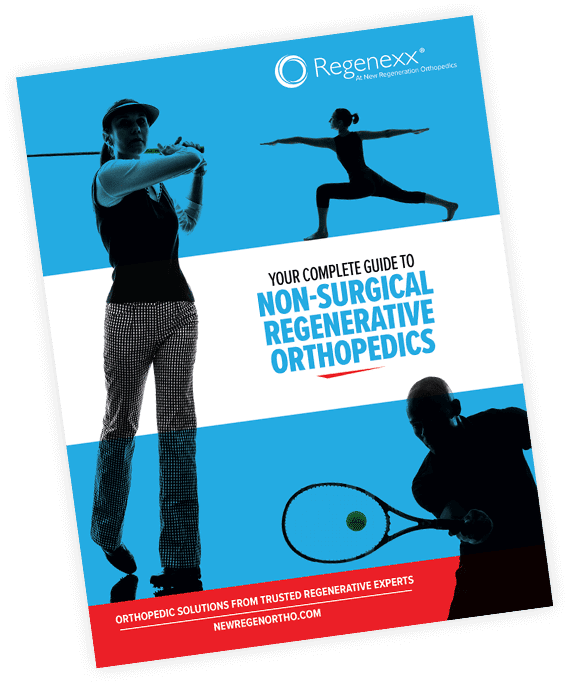Tendon pain, whether due to overuse injuries, tendonitis, or other underlying conditions, can significantly impact an individual’s quality of life and ability to perform daily activities. Traditional treatment options such as rest, physical therapy, and medication may provide relief for some patients, but others may continue to experience persistent pain and limited function. In such cases, the Tenex procedure emerges as a promising alternative, offering targeted relief and accelerated recovery. However, like any medical intervention, it’s crucial to understand both its benefits and contraindications. Let’s delve into when a Tenex procedure can be helpful and the factors to consider before undergoing this treatment.
What is the Tenex Procedure?
The Tenex procedure, also known as percutaneous tenotomy or percutaneous fasciotomy, is a minimally invasive technique designed to treat chronic tendon pain by removing damaged tissue using ultrasound guidance. Unlike traditional open surgery, which requires large incisions and longer recovery times, the Tenex procedure involves making a small incision through which a specialized tool is inserted to precisely target and remove the diseased tendon tissue. This targeted approach minimizes trauma to surrounding healthy tissue and promotes faster healing.

When Can a Tenex Procedure be Helpful?
- Chronic Tendon Pain: The Tenex procedure is particularly beneficial for individuals suffering from chronic tendon pain that has not responded to conservative treatments such as rest, physical therapy, and anti-inflammatory medications. Common conditions treated with Tenex include Achilles tendonitis, plantar fasciitis, tennis elbow (lateral epicondylitis), and golfer’s elbow (medial epicondylitis).
- Tendinosis: Tendinosis refers to chronic degeneration of the tendon tissue, characterized by microtears, collagen breakdown, and a lack of inflammation. The Tenex procedure targets and removes the degenerated tissue, stimulating the body’s natural healing response and promoting the growth of healthy new tissue.
- Minimal Downtime Desired: One of the key advantages of the Tenex procedure is its minimally invasive nature, which typically results in shorter recovery times compared to traditional open surgery. Many patients are able to resume normal activities within a few days to weeks following the procedure, with significant improvement in pain and function.

Contraindications and Considerations
While the Tenex procedure offers many benefits, it’s essential to consider certain contraindications and factors that may preclude individuals from undergoing this treatment:
- Large Tendon Tears: The Tenex procedure is not suitable for treating large tendon tears or complete tendon ruptures, as it is designed to address chronic tendon pain and degeneration rather than acute injuries requiring surgical repair.
- Active Infection: Patients with an active infection in the target area are not candidates for the Tenex procedure, as it may increase the risk of complications and compromise the effectiveness of the treatment.
- Vascular Structures in the Target Zone: Care must be taken to avoid damaging nearby blood vessels during the procedure, as injury to vascular structures can lead to bleeding and other complications. Pre-procedural imaging, such as ultrasound or MRI, helps identify the precise location of vascular structures and ensures safe and accurate targeting of the affected tendon tissue.
The Tenex procedure represents a valuable option for individuals suffering from chronic tendon pain who have not found relief with conservative treatments. By precisely targeting and removing damaged tissue, this minimally invasive procedure offers the potential for significant pain relief and improved function, with minimal downtime. However, it’s essential for patients and healthcare providers to carefully consider contraindications and ensure that the procedure is appropriate for the individual’s specific condition. With proper patient selection and guidance, the Tenex procedure can be a valuable tool in the management of tendon pain, helping patients regain mobility and quality of life.










